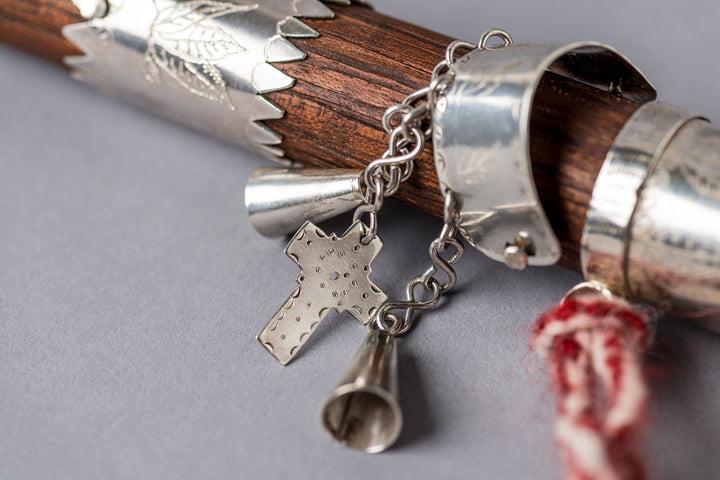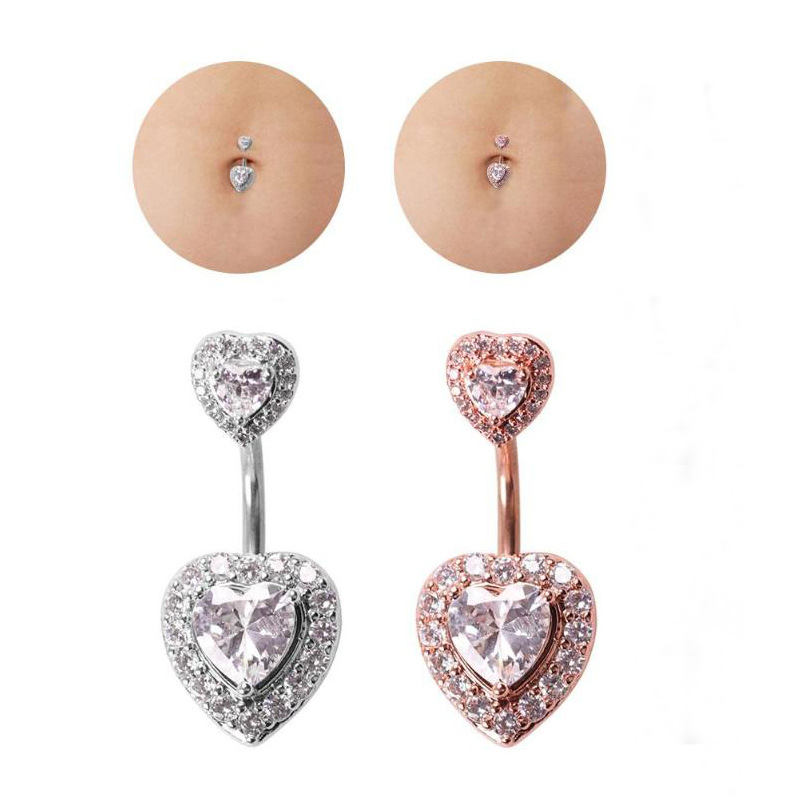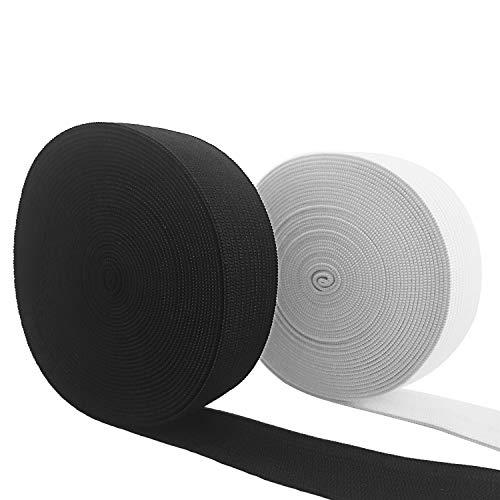the last silversmiths
Mercedes Mamani and María Gómez are the only goldsmiths who work with Aymara silverware in Arica. Both are from the highlands: Mercedes, from Putre, and María, from Codpa, but they met in the capital of the XV Region. They belong to the QullQina Ampara (Silver Hands) group, which was formed in 2010 as a result of a government program to promote traditional trades originally aimed at men, since silverware used to be a male job. “But since there were no responses from them, we signed up ourselves,” says María, who adds that “we didn't know anything about goldsmithing, in fact most of us were housewives, but we did know our grandmothers' earrings. A goldsmith trained us and we were able to buy materials and learn the technique, which consisted of laminating, casting and welding. We spent nearly four years learning this trade and the truth is that we continue to do it because Aymara silverware has many pieces and techniques to make objects with volumes”. On the other hand, they say that an anthropologist helped them with the investigation of the jewels from some museums with the aim of defining the designs.
“When we have gone to the fairs in the inland towns, it is the same people who show us the jewels of their mothers and grandmothers. That is when we took out the models, with the authorization of their owners, to rescue those designs”. The work of both women cultivators has twice received the Seal of Indigenous Crafts, in 2016 and 2018.
Within the Aymara trades, goldsmithing is less well known than textiles. However, silverware is also full of symbology and meaning. “From what we have investigated, asking the grandparents, we know that the condor or mallku symbolizes the heights, because all the ceremonies are held on the sacred hills, such as the Machaq Mara or Aymara New Year, and others such as the floreo. The leaves, flowers and birds symbolize Mother Earth, the Pachamama, while the bells show the presence, 'here I am', and the coins the well-being of the family. The moon or phaxsi symbolizes the woman. And red is the color of the aimaras and is found in shawls, fabrics and earrings. In the case of the earrings we use coral, although before the old silversmiths made their own red beads to decorate the pieces”.

Aymara silverware is a very significant complement to traditional Aymara clothing, which is related to Andean ceremonies and worldview. Hence the importance of rescuing and disseminating goldsmithing, which is part of the Aymara culture. “We combine work with rescue. When we go to fairs, the first thing we explain to people is where the jewelry comes from, what it means and that it is not only an ornament, but we tell them what it was used for. That makes us feel good because we make it known so it doesn't get lost”, both artisans conclude.
La Mariquina silversmiths
In 2008 the group Plateras de la Mariquina was born, located in the Los Ríos Region. The artisan Guacolda Manquelafquén, spokesperson for the group made up of eight goldsmiths, says that its origins date back to 2008, the year in which they took a course. Thanks to a 248-hour Sence training, carried out by the goldsmith Raimundo Cona, the artisans were able to learn different techniques.
As in the Aymara goldsmithing, in the Mapuche it used to be a men's thing. Since they did not inherit it from their mothers or grandmothers, the artisans had to learn to work the trade practically from scratch. “Most of us combine work at home with silversmithing. One of the things we like the most about this trade is being able to rescue Mapuche traditions. We have seen many old designs and it is very gratifying to be able to recover those models in traditional jewelry made by us”, says Guacolda.
More about Craft
The women traveled to Santiago to visit the workshop of the goldsmith Amalia Chaigneau. Her collection of ancient Mapuche silverware inspired them to work on the designs they make today in her workshops. On the other hand, some of them took courses to learn how to work with precious stones and copper, a metal that the Mapuche culture had used since before the arrival of the Spanish.
Thanks to the support of the quality control area of Fundación Artesanías de Chile, the silversmiths have managed to perfect the technique, which since April 2019 they have carried out on a small scale in silver necklaces, bracelets, rings and earrings, which they sell through Of the entity.
The products of both groups are for sale at www.artesaniasdechile.cl
@taller_qullquinaampara_
@plateras_de_la_mariquina
Comments
Please log in to La Tercera to access comments.







![47 best antiage nutritive cream in 2022 [based on 326 reviews] 47 best antiage nutritive cream in 2022 [based on 326 reviews]](https://website-google-hk.oss-cn-hongkong.aliyuncs.com/drawing/article_results_6/2022/2/27/1918fc37c66ad30564173e69d9df88a0.jpeg)
